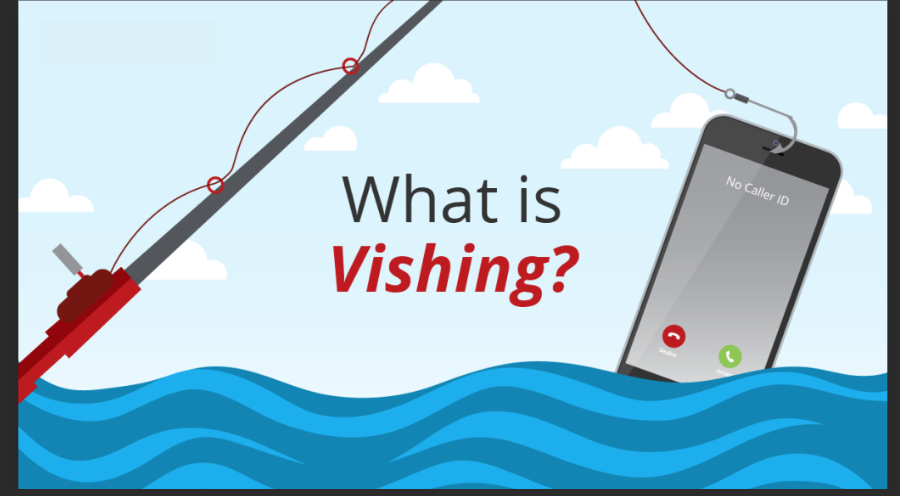 Tech Corner
Tech Corner
What is vishing?
Vishing, also known as “voice phishing,” is a type of social engineering attack in which an attacker uses voice communication to trick victims into divulging sensitive information such as passwords, credit card numbers, or personal identification information.
In a typical vishing attack, the attacker may call the victim pretending to be a trusted source, such as a bank representative or a customer support agent. The attacker may use various tactics to convince the victim to disclose sensitive information, such as claiming there has been suspicious activity on their account or offering a free service or product in exchange for the information.
Vishing attacks can also involve the use of automated voice messages or interactive voice response (IVR) systems to mimic legitimate organizations or government agencies. In some cases, the attackers may use spoofing techniques to make it appear as if the call is coming from a legitimate source.
To protect against vishing attacks, it is important to be skeptical of unsolicited calls and to never give out sensitive information over the phone unless you have confirmed the identity of the caller and their legitimacy. It is also recommended to use two-factor authentication and strong, unique passwords for all online accounts.
Here are some steps you can take to protect yourself against vishing attacks:
Be skeptical of unsolicited phone calls: If you receive a call from someone you don’t know or weren’t expecting, be cautious. Don’t provide any personal or financial information unless you are sure of the caller’s identity and legitimacy.
Confirm the caller’s identity: If the caller claims to be from a legitimate organization, ask for their name, department, and contact information. Verify their identity by calling the organization’s official phone number and asking to speak with the same person.
Don’t trust caller ID: Attackers may use spoofing techniques to make it appear as if the call is coming from a legitimate source. Don’t rely solely on caller ID to verify the caller’s identity.
Use two-factor authentication: Enable two-factor authentication on all of your online accounts, such as email, social media, and banking. This will add an extra layer of security and make it more difficult for attackers to gain access to your accounts.
Be cautious of automated voice messages: If you receive an automated voice message or interactive voice response (IVR) system, be cautious. Don’t provide any personal or financial information unless you are sure of the message’s origin and legitimacy.
Report suspicious calls: If you receive a suspicious call, report it to the appropriate authorities, such as your bank or law enforcement. This can help prevent others from falling victim to the same scam.
Overall, staying vigilant and skeptical of unsolicited calls and messages, and taking steps to verify the caller’s identity and protect your personal information, can help protect you against vishing attacks.
